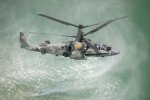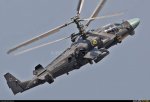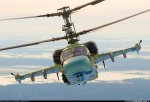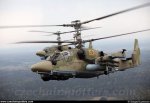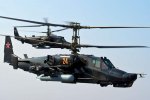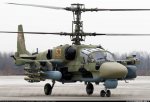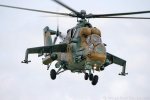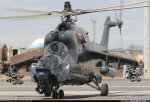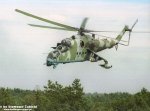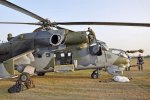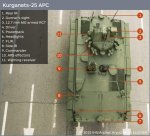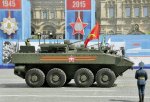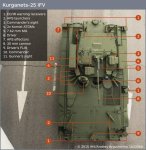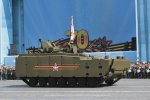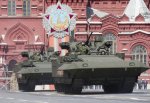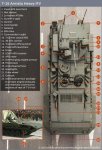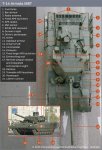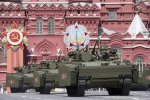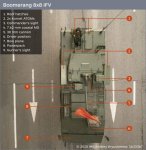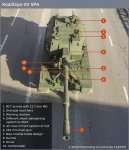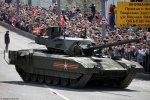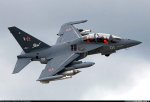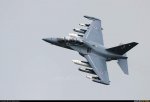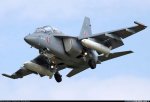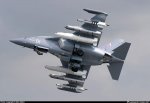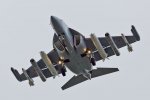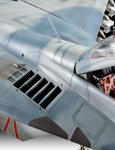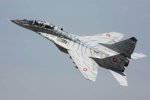I did not notice it described in the text, but why do the engine inlets seem to be "closed"/"plugged"/"vaned or throttled or choked" in photo number 5 above???
Oops...you're right. I saw the intakes closed in the pics, but failed to failed to explain why.
As mentioned already...similar systems are something the Russians have done before to protect the engines.
For example - the MiG 29 has secondary air intakes on the upper surface of the wing. They provide the engine with a source of air when landing and taking off. Plus if the aircraft is taxing to get into takeoff position. I believe anytime it's gear is down they are used. They can also supplement the main intakes if the engine is at full throttle in reheat (afterburner) and needs more air than the main intake can provide. At extreme angles of attack the main intakes may not be as efficient and need help feeding the engines with air.
If my memory serves me right the upper doors have something similar to a spring inside that allows them to open but keeps them closed when not needed. That way they don't create much drag at high speed when they are not needed. Basically a vacuum inside the duct pulls them open.
Russian designers always seem to plan for their aircraft to be used on non-paved runways, like grass or hard soil. Usually their landing gear has larger tires (at lower pressure) that can handle a rougher runway. So the secondary intake system fits right into that thought. There may be a need to use a secondary strip, that isn't used as much and may have debris, if the main runway is not usable.



